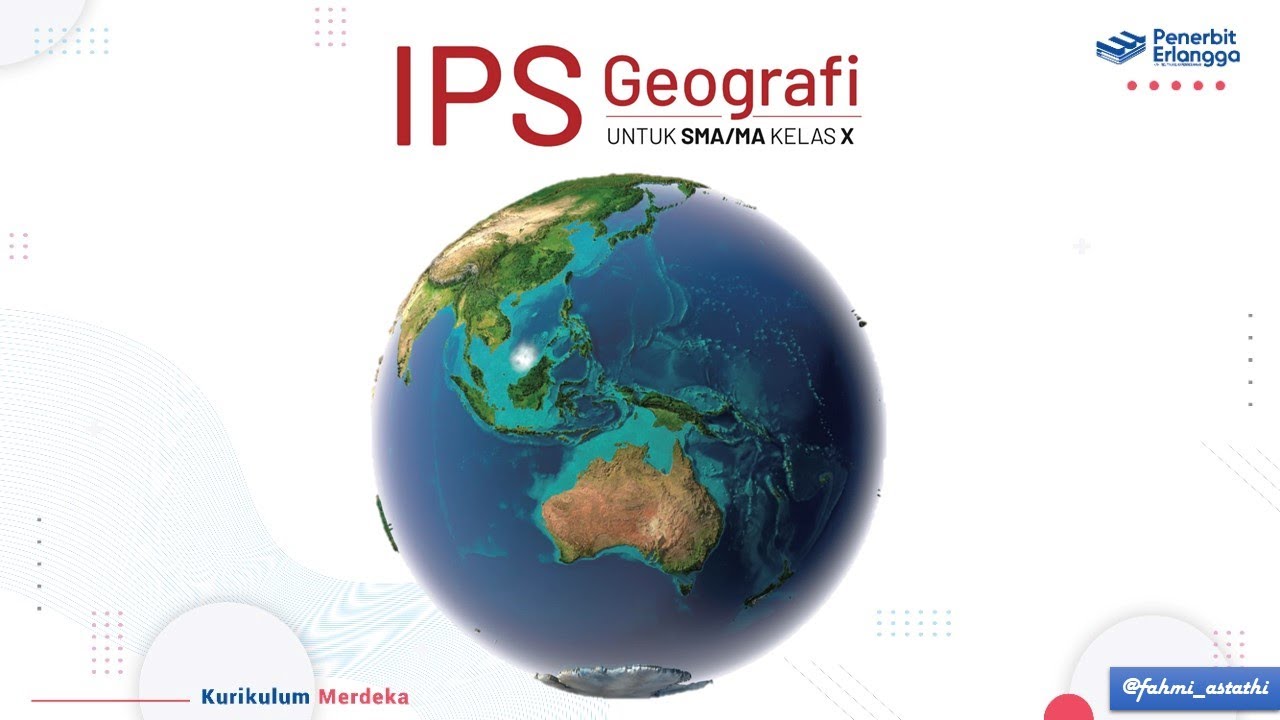What Is GIS? A Guide to Geographic Information Systems
Summary
TLDRThis video offers a comprehensive introduction to Geographic Information Systems (GIS), a computer-based tool for analyzing spatial relationships and patterns in geography. It covers the four main functions of GIS: data management, visualization, geoprocessing for analysis, and data editing. The script also explores various GIS job roles and applications across industries, highlighting the growing importance of GIS in urban planning, environmental management, emergency response, and more. Current and future trends like mobile GIS, open data, cloud services, AI, and 3D visualization are discussed, showcasing the dynamic evolution of GIS technology.
Takeaways
- 🗺️ GIS stands for Geographic Information Systems and is a computer-based tool that examines spatial relationships, patterns, and trends in geography.
- 💾 GIS has four main functions: data management, visualization, geospatial analysis, and editing of geographic data.
- 📍 Data management in GIS involves organizing, storing, retrieving, and maintaining geographic and attribute data, with vectors and raster grids as the two primary data types.
- 🗺️ Visualization in GIS allows geographic data to be mapped, providing geographic context that tables of data alone can't achieve, using various types of maps like choropleth, heat, and isoline maps.
- 🔍 Geospatial analysis in GIS involves analyzing geographic relationships and patterns through geoprocessing, such as identifying routes, creating buffers, and overlaying data layers.
- ✏️ GIS editing involves creating new datasets or updating existing geographic data to ensure accuracy, relevance, and up-to-date information.
- 💼 GIS offers various career paths, including GIS technician, analyst, specialist, cartographer, and developer, each with distinct roles in the field.
- 🌍 GIS is used in many industries like urban planning, environmental management, emergency management, marketing, agriculture, and energy management, helping improve efficiency and decision-making.
- 📱 Mobile GIS, open data, and cloud-based GIS services are current trends in the GIS industry, providing flexibility, accessibility, and scalability.
- 🤖 The future of GIS includes the integration of big data, AI, machine learning, and 3D data visualization, enhancing the analysis and visualization of geospatial data.
Q & A
What does GIS stand for and what is its primary function?
-GIS stands for Geographic Information Systems. Its primary function is to examine spatial relationships, patterns, and trends in geography using computer-based tools to store, analyze, and visualize data for geographic positions on Earth's surface.
What are the four main functions of a GIS?
-The four main functions of a GIS are data management for storing geographic locations, visualization of geographic data typically using maps, analysis of spatial relationships and patterns using geoprocessing, and creating or editing data.
What are vector data and raster data in the context of GIS?
-Vector data in GIS are points, lines, and polygons with vertices, used to represent features like administrative boundaries or fire hydrants. Raster data, also known as grid data, is represented as rows and columns and includes types like satellite images, aerial photographs, and digital elevation models.
How does GIS visualization help in understanding geographic data?
-GIS visualization helps by mapping geographic data onto maps, providing geographic context that makes it easier to understand the locations of data points in the real world, as opposed to interpreting them from tables.
What are some common types of maps used in GIS for data visualization?
-Some common types of maps used in GIS include choropleth maps for representing data values with shading or color, heat maps for showing data intensity or density, and isoline maps that use contour lines to connect points with the same value.
What is geoprocessing and how is it used in GIS?
-Geoprocessing is a technique used in GIS to perform tasks that focus on extracting meaningful information from geographic data. It can be used for identifying the shortest route between points, creating buffers around features, overlaying data layers, and conducting statistical analysis.
What role does GIS editing play in the development of GIS applications?
-GIS editing is crucial for building new data sets or updating existing geographic data, ensuring that the data used is accurate, up-to-date, and relevant to the specific problem or application.
What are some common job roles in the field of GIS?
-Common job roles in GIS include GIS technician, involved in data editing and map production; GIS analyst or specialist, focused on geospatial analysis and data modeling; cartographer, specializing in creating visually appealing maps; and GIS developers, who work on code development for automating workflows or building customized scripts.
In which industries is GIS widely used and why?
-GIS is widely used in urban planning for modeling and analyzing land use and infrastructure, environmental management for monitoring natural resources, emergency management for disaster response, marketing for analyzing demographic data, agriculture for optimizing crop yields and managing land use, and energy management for optimizing energy distribution networks.
What are some current and future trends in the GIS industry?
-Current and future trends in GIS include the mainstream use of mobile GIS for field data collection and asset management, open data and open source GIS software for accessible geospatial data and tools, cloud-based GIS services for scalable and cost-effective data storage and processing, and the integration of AI and machine learning tools for analyzing big data. Additionally, 3D data and visualization tools are becoming more prevalent for realistic and immersive data analysis.
How does the increasing availability of AI and machine learning tools impact GIS?
-The increasing availability of AI and machine learning tools is transforming the way geospatial data is analyzed and visualized. These technologies help unlock insights from vast amounts of data, enhancing the efficiency and effectiveness of GIS applications.
Outlines

このセクションは有料ユーザー限定です。 アクセスするには、アップグレードをお願いします。
今すぐアップグレードMindmap

このセクションは有料ユーザー限定です。 アクセスするには、アップグレードをお願いします。
今すぐアップグレードKeywords

このセクションは有料ユーザー限定です。 アクセスするには、アップグレードをお願いします。
今すぐアップグレードHighlights

このセクションは有料ユーザー限定です。 アクセスするには、アップグレードをお願いします。
今すぐアップグレードTranscripts

このセクションは有料ユーザー限定です。 アクセスするには、アップグレードをお願いします。
今すぐアップグレード5.0 / 5 (0 votes)






